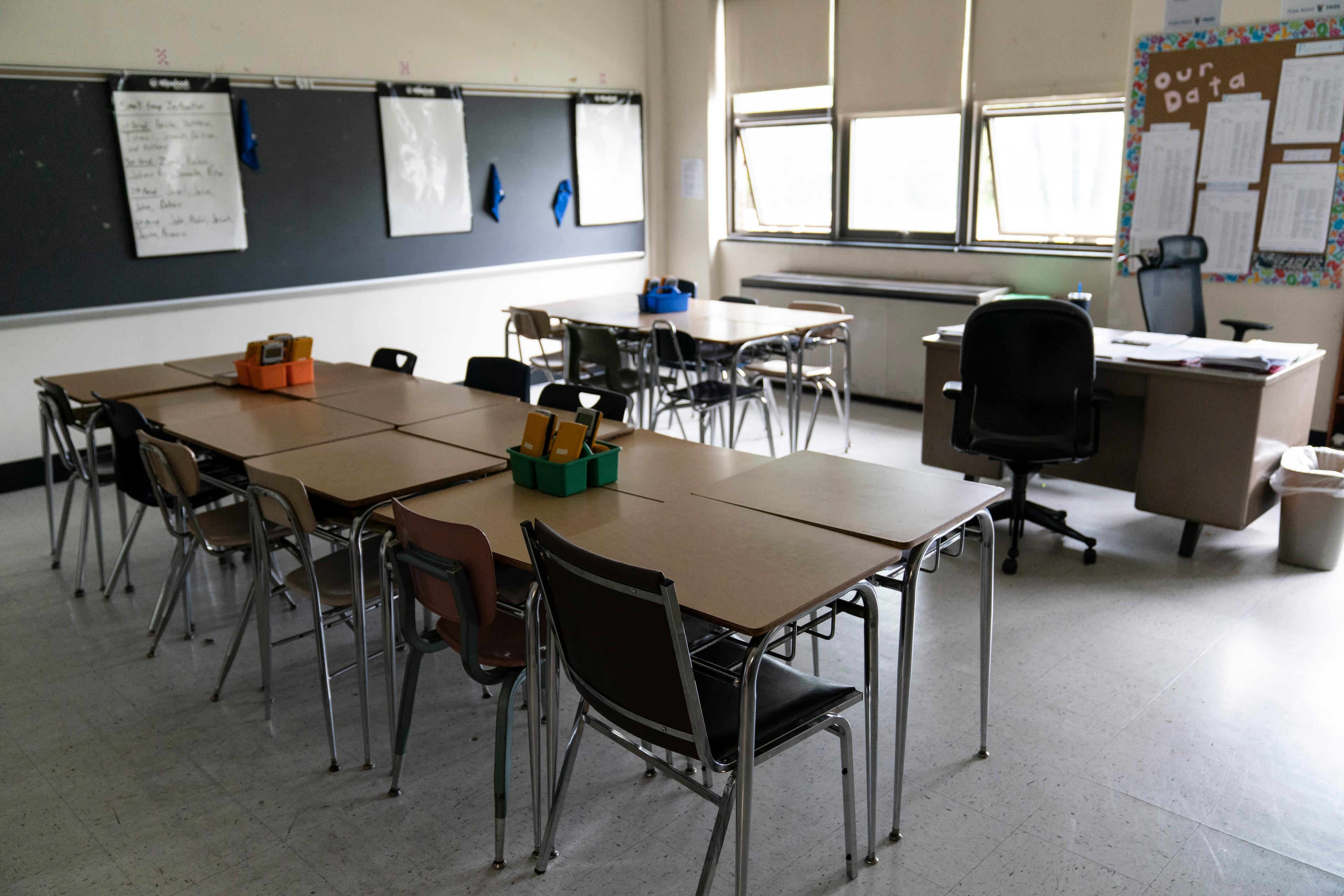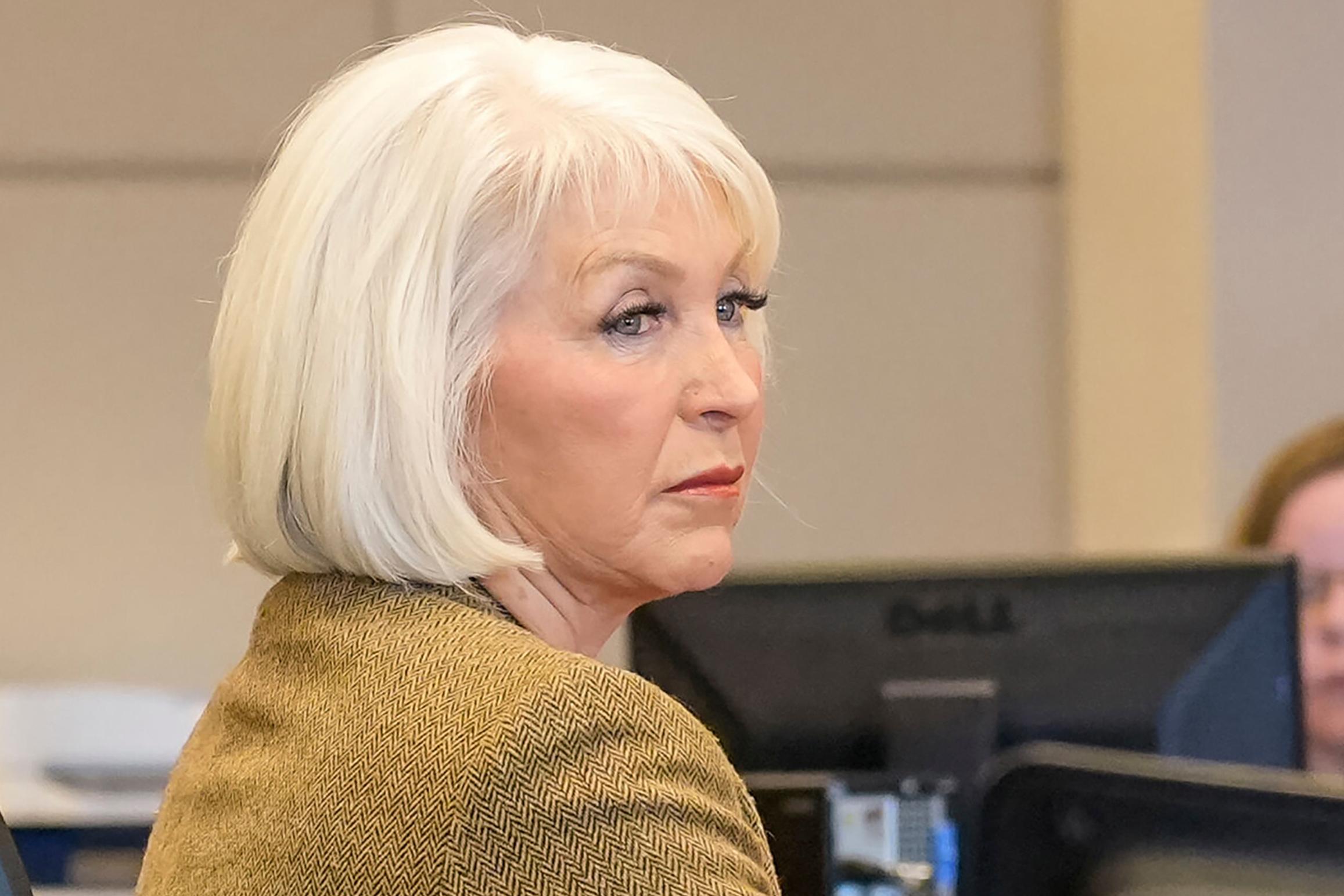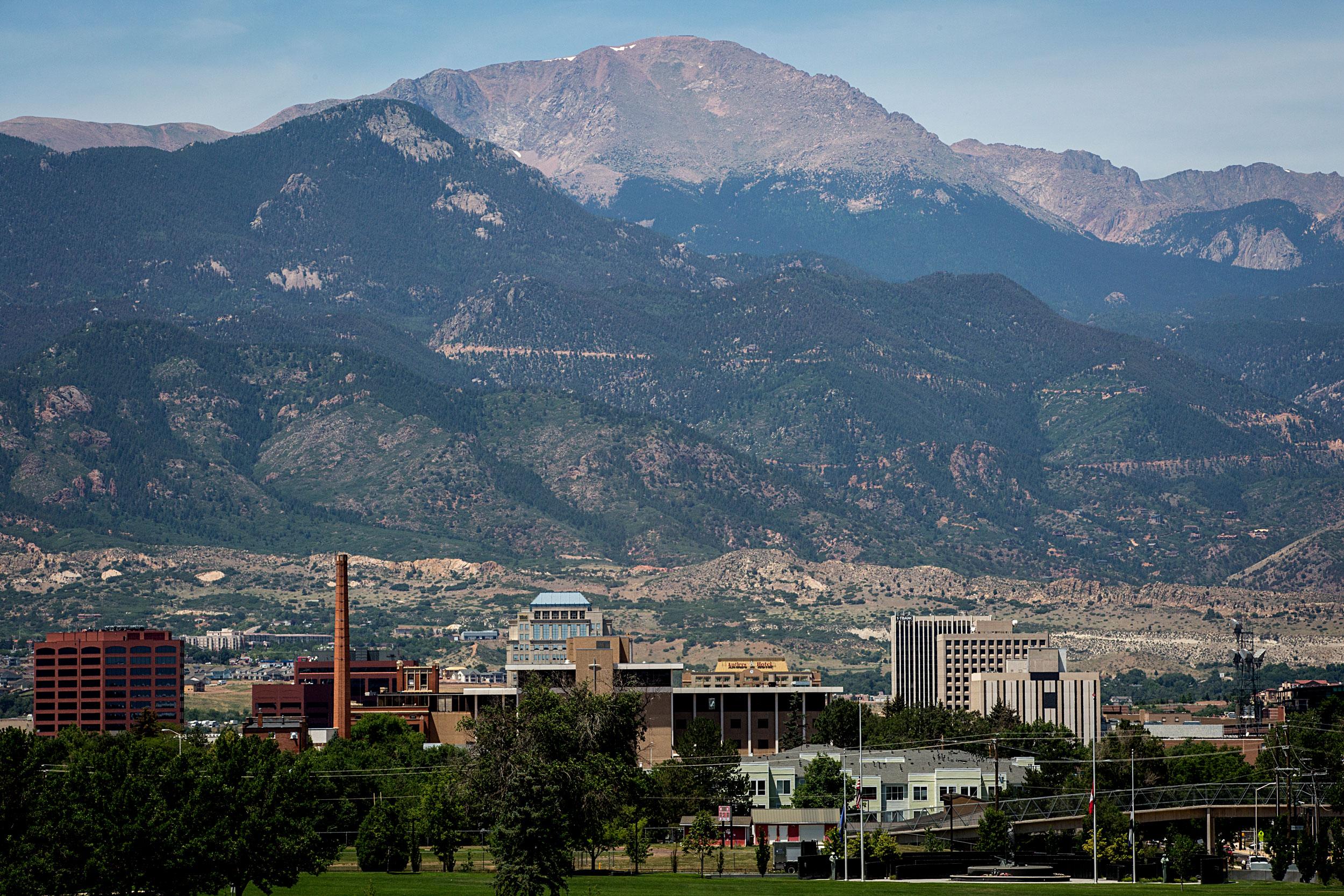
Despite some persistent challenges, key metrics of the Colorado Springs economy are looking solid, even though many who live here might not believe it. That was the core message from Bill Craighead, Program Director for the 28th annual UCCS Economic Forum.
Craighead — who took over the forum last year after spending years teaching economics at both Colorado College and the U.S. Air Force Academy — told a packed audience at the Ent Center for the Arts on Thursday that polling from the Federal Reserve shows a vast gulf between Americans’ view of their own personal finances (pretty dang good) and their perceptions of the national economy as a whole (pretty dang bad.)
Crediting Gen-Z economics Tik-Toker and author Kyla Scanlon for coining the term, Craighead said people are suffering from a "Vibecession."
“It has been a genuine challenge for me as an economist because I see things that are a lot more positive in the data than what I hear when I go out,” Craighead said.
So, why the dour vibes? Craighead said while both the national rate of inflation and unemployment rate currently sit below long term averages, we all have strong, recent memories of when both of those rates were really high. In the years following the COVID-19 pandemic, inflation in particular reached its highest levels in decades.
“I think it had a scarring impact on people, not just because they lost purchasing power during that period,” said Craighead, “but also psychologically. The last time we had high inflation was the early ‘80s, so people hadn’t really experienced it.”
Craighead said Americans are still healing from that shock. While data from the Federal Reserve and the U.S. Bureau of Labor Statistics shows median wage growth has outpaced inflation since about February of 2023. In other words, most people should be gaining back their ability to pay for their needs through higher raises.
As for the local economy, Craighead said there are quite a few bright spots the Pikes Peak Region can celebrate. In line with national trends, the pandemic appears to have inspired a wave of entrepreneurship and the number of businesses in Colorado Springs is now 10 percent higher than pre-pandemic trends forecasted.
Local employment continues to grow, though at a slowing rate. Tourism is up, along with traffic through the Colorado Springs Airport. Office vacancy rates in the city are only modestly higher than they were pre-pandemic, at just under 10 percent. Denver, by comparison, has double the ratio of empty offices or more.
It’s not all rosy for the Springs, though. While a surge of new apartment construction in the city has actually led to rent prices falling from their peak in August 2022, rents still sit well above their pre-pandemic levels.
Meanwhile, high interest rates have led to a stabilization of home prices as hundreds of additional homes remain on the market compared with recent years. But the high interest payments are also making it harder for new homebuyers to take on mortgages and potential home sellers less willing to part with their current rates. While the federal reserve has started to lower the interest rate, the situation is also making it more expensive to build as well.
“Housing affordability I think is still by far the number one issue for the economy of the region,” Craighead said.









